Global Collaboration in the Classroom using Virtual Reality
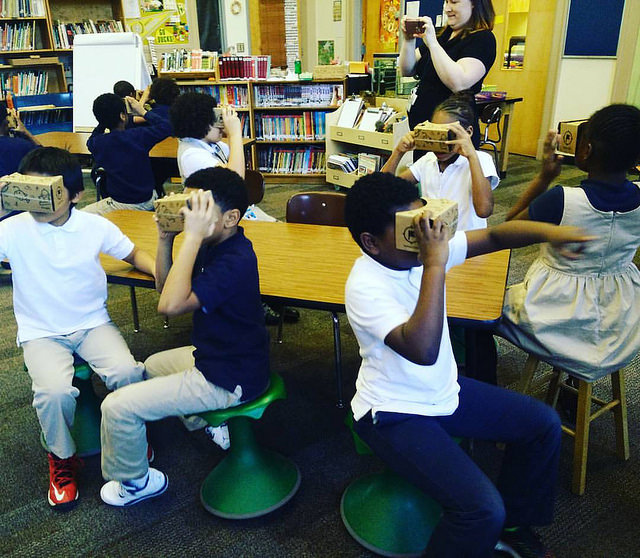
Across the globe, classrooms use virtual reality for field trips, science experiments, immersive simulations, and much more. Virtual reality is a promising addition to the growing field of educational technology because of its immersive experiences. Students can now share information in new and engaging ways with people worldwide and have hands-on experiences that would have otherwise been difficult due to cost or physical distance. With VR technologies, students can interact with virtual objects and other individuals in real-time. Using VR and Global Collaborations allows us to facilitate learning in a new and meaningful way.

These virtual experiences have transcended physical space limitations to create educational opportunities that otherwise would not have been physically possible, such as space and time travel or manipulating enlarged models of microscopic objects. With the use of VR, teachers have included a variety of gamified approaches to learning in various subjects, which have increased classroom engagement.
To help bring VR to the classrooms, schools needed to find VR viewer tools that fit their budget. Helping to keep costs low, google created a cardboard viewer into which you a insert a smartphone. Users can build a viewer from simple, low-cost components using specifications published by Google or purchase a pre-manufactured one. To use the platform, users run Cardboard-compatible mobile apps on their phones, place them into the viewer’s back, and view content through the lenses.

In the classroom, many AR/VR applications can be used. One of the sites I found great for the school was Nearpod. Nearpod is a free application that helps to transform your students’ devices into powerful learning tools. From interactive controlled lessons to live student responses to customizable and ready-to-teach tasks. The app also gives teachers over 25 interactive activities that help to keep the engagement going throughout the studies. Some of these tools include:
- LIVE, interactive lessons
- quizzes
- open ended questions
- draw, type, and highlight on slides
- polls
- virtual field trips
- 3D objects
- and much more!
From exploring diverse historical perspectives to teaching language authentically, Nearpod brings the world into every classroom. Nearpod’s World Ready program supports schools and districts in preparing students for the global economy of today and tomorrow. With Nearpod, teachers can create their interactive lessons or use one of the premade lessons on their site. There are many engaging lessons, such as World Cultures and Globalization. Here, students can explore primary sources and dynamic multimedia to analyze diverse historical perspectives and make modern-day connections to the past.

If you would like to learn more about Nearpod, come check out their website at this link.
Thanks for checking out my blog post!
Bayta O.
Becoming a Changemaker: SEL’s for the Classroom
This week we visited WE.org. WE is a movement that gives young people and teachers a platform and tools that help to make a difference in their communities and communities around the world.
During this week’s lesson, we explored the site and reflected on something that we might find helpful in our future classrooms. This week’s assignment caught my attention; this week’s assignment was the section on understanding and implementing social and emotional learning in the classroom. Social-emotional learning is critical to a student’s overall mental health and well-being.
In the learning module on the website, they break SEL’s down into four subsections:
Section 1: Introduction to SEL
Section 2: Self-Care and Understanding Emotions
Section 3: Be Kind to Yourself
Section 4: Building Healthy Relationships and Communication
The first section introduces the learners to social-emotional learning and why it is crucial for student development. As defined by Casel, “social=emotional learning is the process through which all young people and adults acquire and apply the knowledge, skills, and attitudes to develop healthy identities, manage emotions and achieve personal
and collective goals, feel and show empathy for others, establish and maintain supportive relationships, and make responsible and caring decisions.”
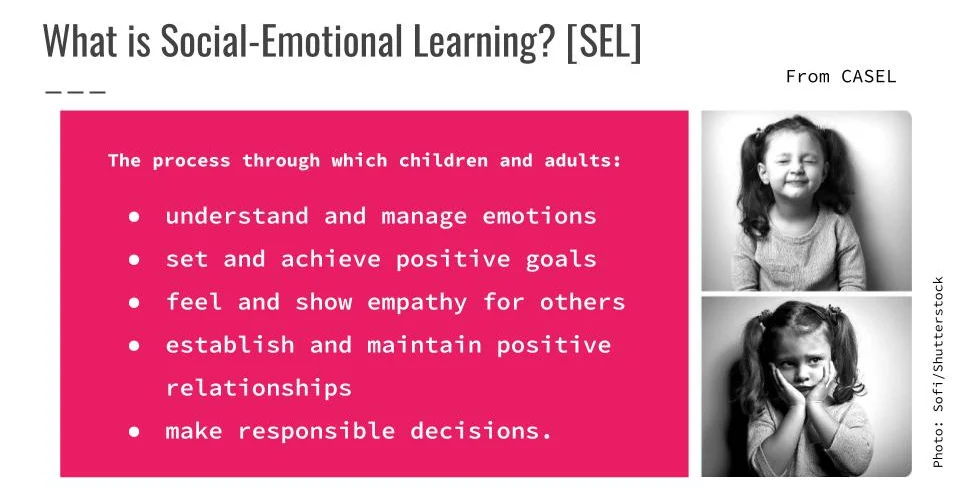
Section two of the module discusses self-care and various approaches to help students understand their emotions. Once students can observe their feelings without judgment, they become more aware of the senses and express what they may be experiencing.
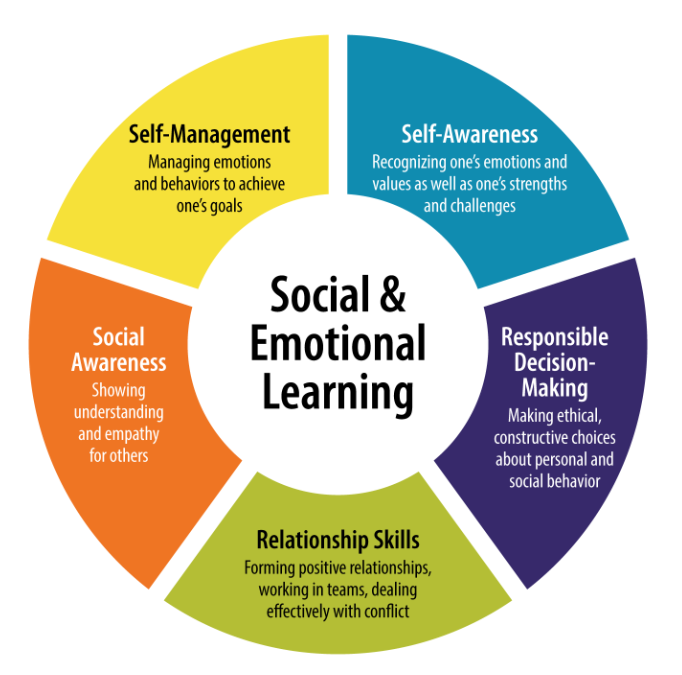
Section three of the module discusses the importance of self-love and finding ways to be kind to yourself. The module offers many activities which show different ways to promote self-love. According to the module, “Self-compassion is a source of inner strength that is linked to well-being, resilience, and productivity.” Once, someone told me that I must first learn to love myself for me to love others. I never really understood it until I got older, and it finally made sense.

Our final section discusses building healthy relationships and healthy communication. Communication is key to any healthy relationship. Also, necessary is the give and take. Both parties need to invest equally, or the relationship will falter.

Teaching students about SEL’s and implementing them into my classroom will help facilitate a safer learning environment. Students will better understand their feelings, making it easier to share and positively communicate those feelings. Students will be able to engage and communicate more effectively in the classroom, which will help students become better learners.
Thanks for checking out my blog this week!
Bayta O.
National Geographic: Out of Eden Walk
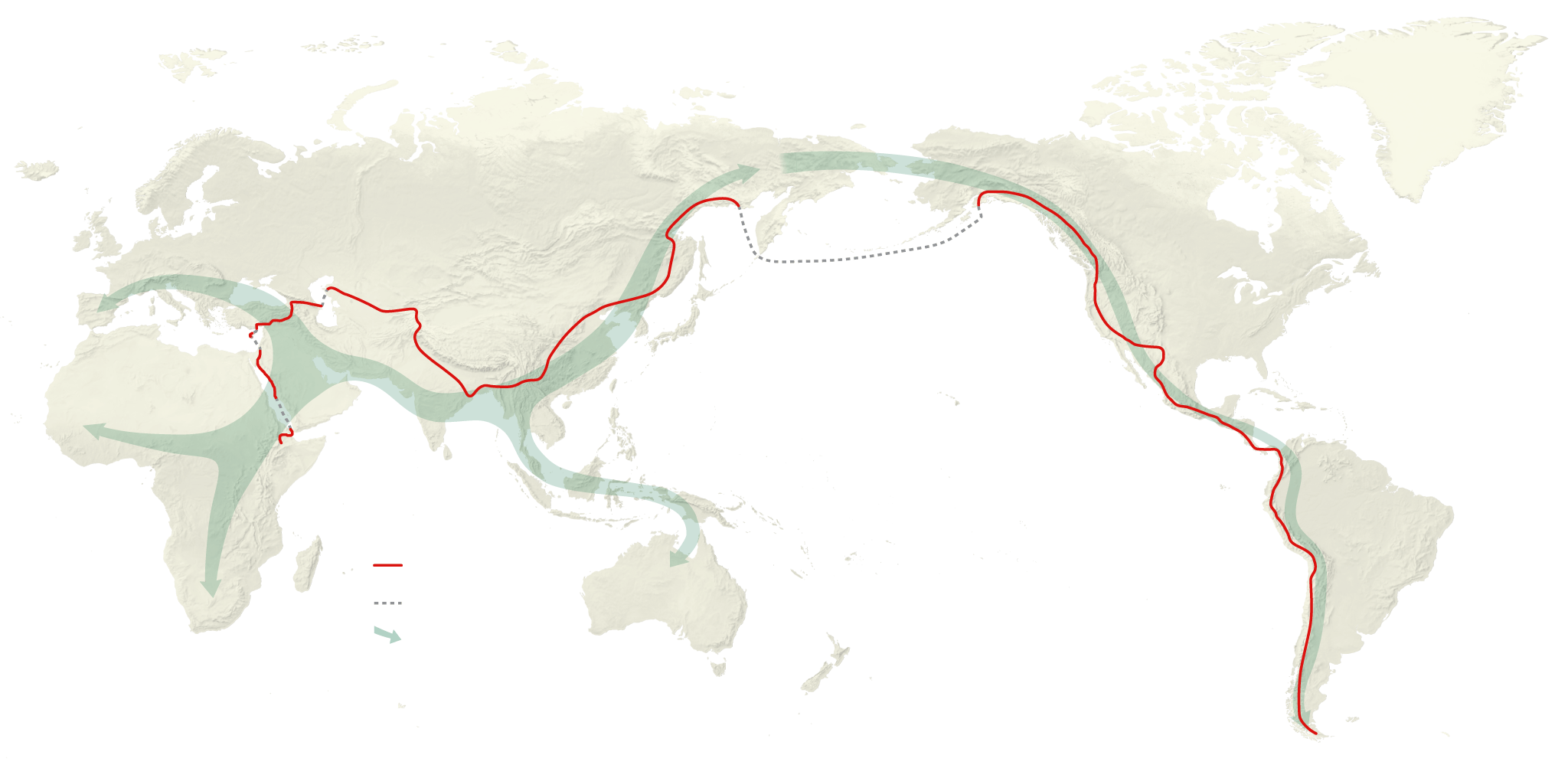
This week we followed journalist/explorer Paul Salopek on a 24,000-mile decade-long journey through time which he calls the “Out of Eden Walk.” Along his journey, Salopek retraces the steps of the first humans who migrated out of Africa during the Stone Age. This journey allows us to rediscover the world through his explorations. You can follow him on this journey as well through this link. Along his journey, Salopek explores various areas and speaks to the area’s people to learn untold stories. Each new report is a milestone, breaking the silence.
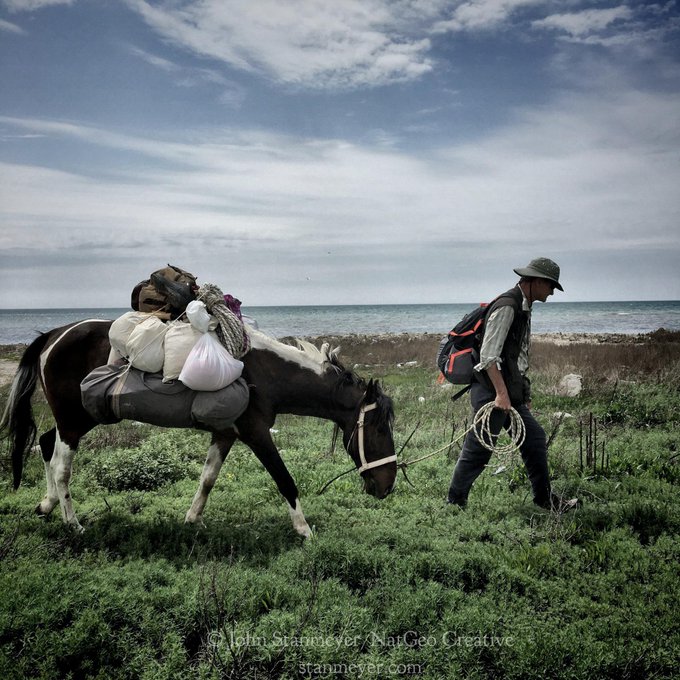
The Walk
This week we followed journalist/explorer Paul Salopek on a 24,000-mile decade-long journey through time. Salopek calls this journey the “Out of Eden Walk.” In Ethiopia, Salopek’s journey begins along what is known as the silk road takes him through many different places, finally ending at the tip of South America. Salopek engages in stories regarding the issues of climate change and technological innovation to mass migration and cultural survival by giving a voice to the people who inhabit them every day. Along his journey, Salopek retraces the steps of the first humans who migrated out of Africa during the Stone Age. This journey allows us to rediscover the world through his explorations. You can follow him on this journey as well through this link. Along his journey, Salopek explores various areas and speaks to the area’s people to learn untold stories. Each new report is a milestone, breaking the silence.
The Assignment
We chose three locations we discovered following Salopek’s journey in this week’s assignments. The three places I found most intriguing along the journey to reflect upon were Israel, China, and Krygyzstan. The first two places have always piqued my interest as places to explore. The last place I chose to reflect upon was new, but I found it quite interesting, as you will soon see.
Reflections
Israel
Chapter 2: The Holy Lands Salopek’s journey into Israel begins on the 423rd day of his Walk on March 29, 2014. At the start of his trip, Salopek comes across the Qafzeh Cave. Buried near the cave’s entrance is the skeleton of a boy. He is clutching the antlers of a red deer to his chest. According to the passage, this is the oldest evidence known of human burial. Salopek decides to take a route less traveled and explore to interact with locals and see many hidden or forgotten areas of Israel. They begin their exploration at the western edge of the city where the Bridge of Strings is. The bridge is a symbolic gateway facing the Mediterranean and walking counterclockwise towards Damascus Gate.
Renown for its biblical significance Jerusalem is an important pilgrimage site for those practicing Judaism, Christianity, and Islam worldwide. According to biblical scholars, the view from Old City was Abraham’s first view of Jerusalem. Within Jerusalem, Salopek travels along with many different cities where he comes across many artifacts, tombs, and archeological sites mentioned in scriptures. Some of the places visited included Mary’s Tomb, the Garden of Gethsemane where Christ prayed before being crucified, King David’s tomb, St. Vincent de Paul’s convent, and the Mount of Olives site of thousands of Jewish graves.
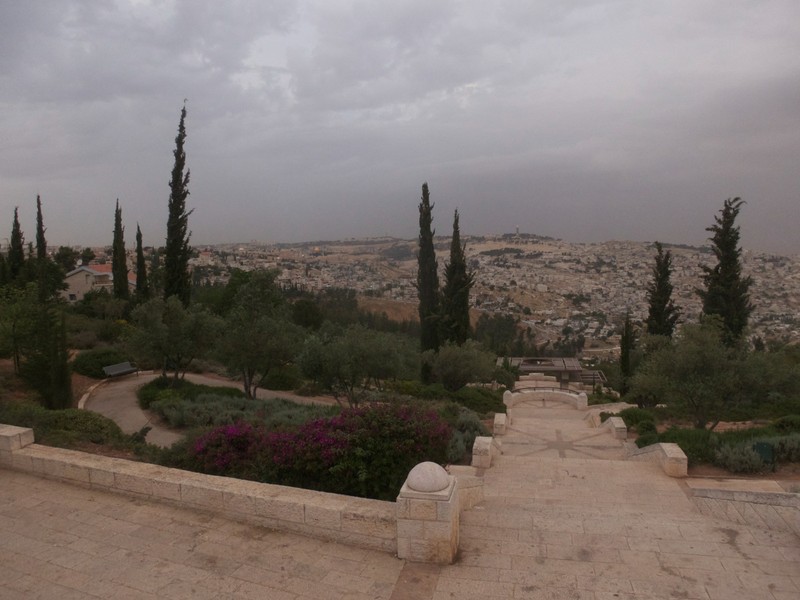
Recently Israel has been known for its Palestinian-Israeli War. In the divide between Jerusalem and Salopek meets many activists are looking to find peace. The people of Jerusalem consider the land as “nothing and everything.”
Krygyzstan
The next area I chose to explore was Krygyzstan. In Chapter 4 of the Silk Road, Salopek begins his journey into Krygyzstan, hunting the area of Tian Shan—the Celestial Mountains. The tallest peak reaches 23,400 feet. Salopek describes the wildlife found here and discusses how primitive people tracked prior.
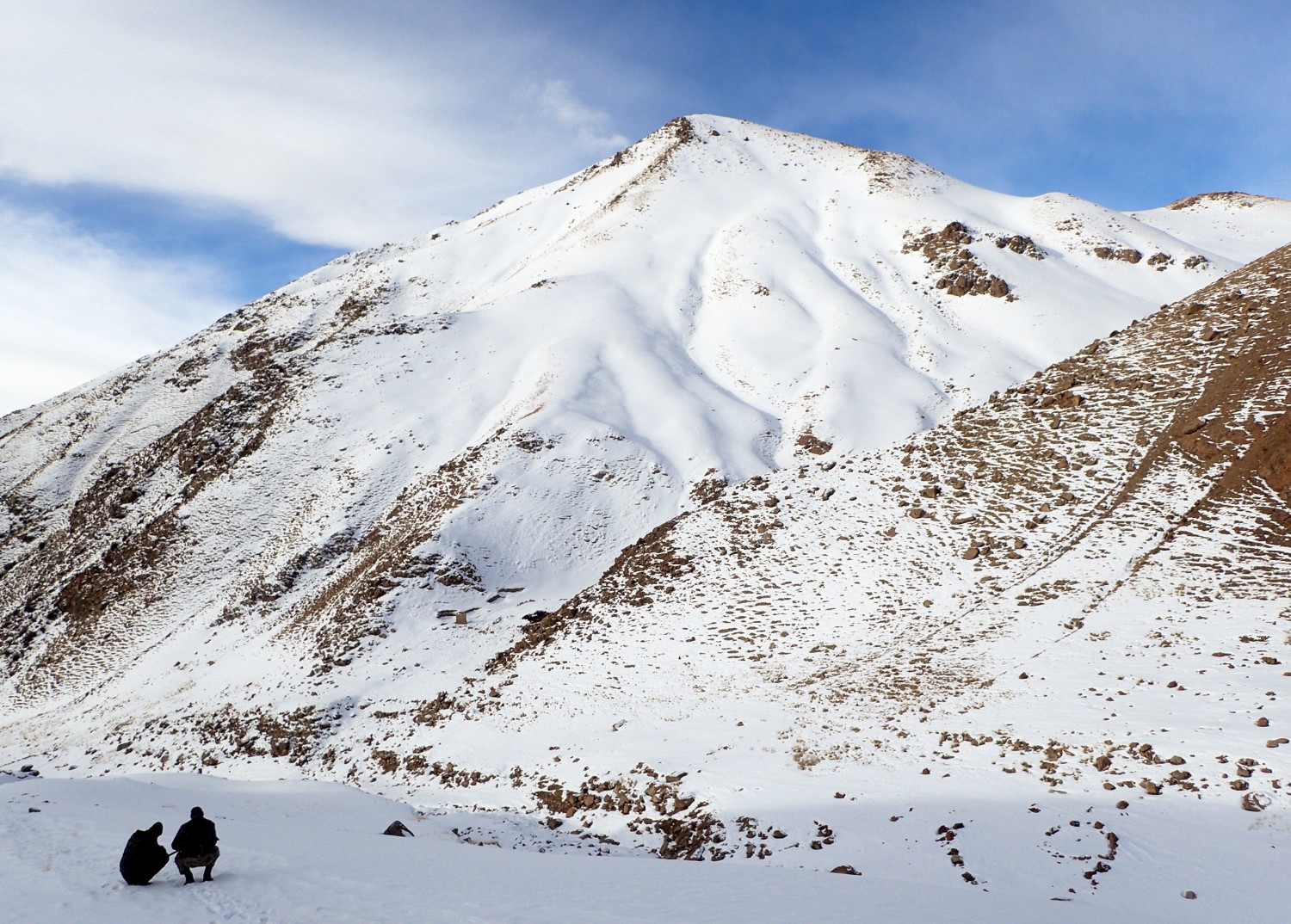
The journey leads us to Dordoi Bazaar, which I found fascinating. Tens of thousands of shipping containers make up one of Asia’s largest open-air markets located near Bishkek, the capital of Kyrgyzstan. This market is an array of merchandise where you can sell anything.
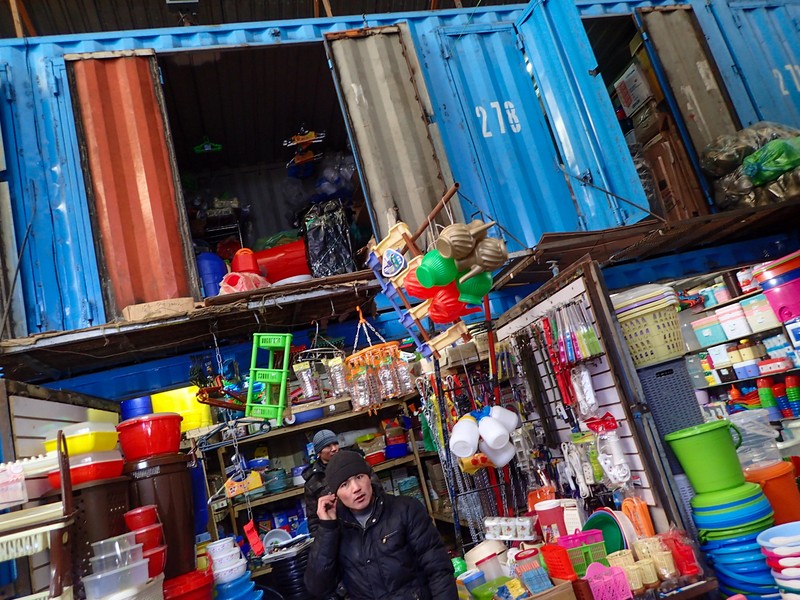
Salopek explores the petroglyphs carved into the giant boulders of Cholpon Ata. Issyk Kul, a slate-blue lake, and Cholpon Ata are considered the landmarks of ancient crossroads of migration and trade in Kyrgyzstan. Centuries ago, the lake provided a rest stop for travelers on the Silk Road. Today people come to see all the beautiful petroglyphs, which date as far back as 3,500 years. The most recent drawings are from Scythians, from which the legends of Amazons are from, which is neat.
Our final stop in Kyrgyzstan take us to Ak-Olan where a 14,000 year old Paleolithic workshop exists. Salopek learns about the history of stone blades and how the sharpest blade known to science is made of stone.
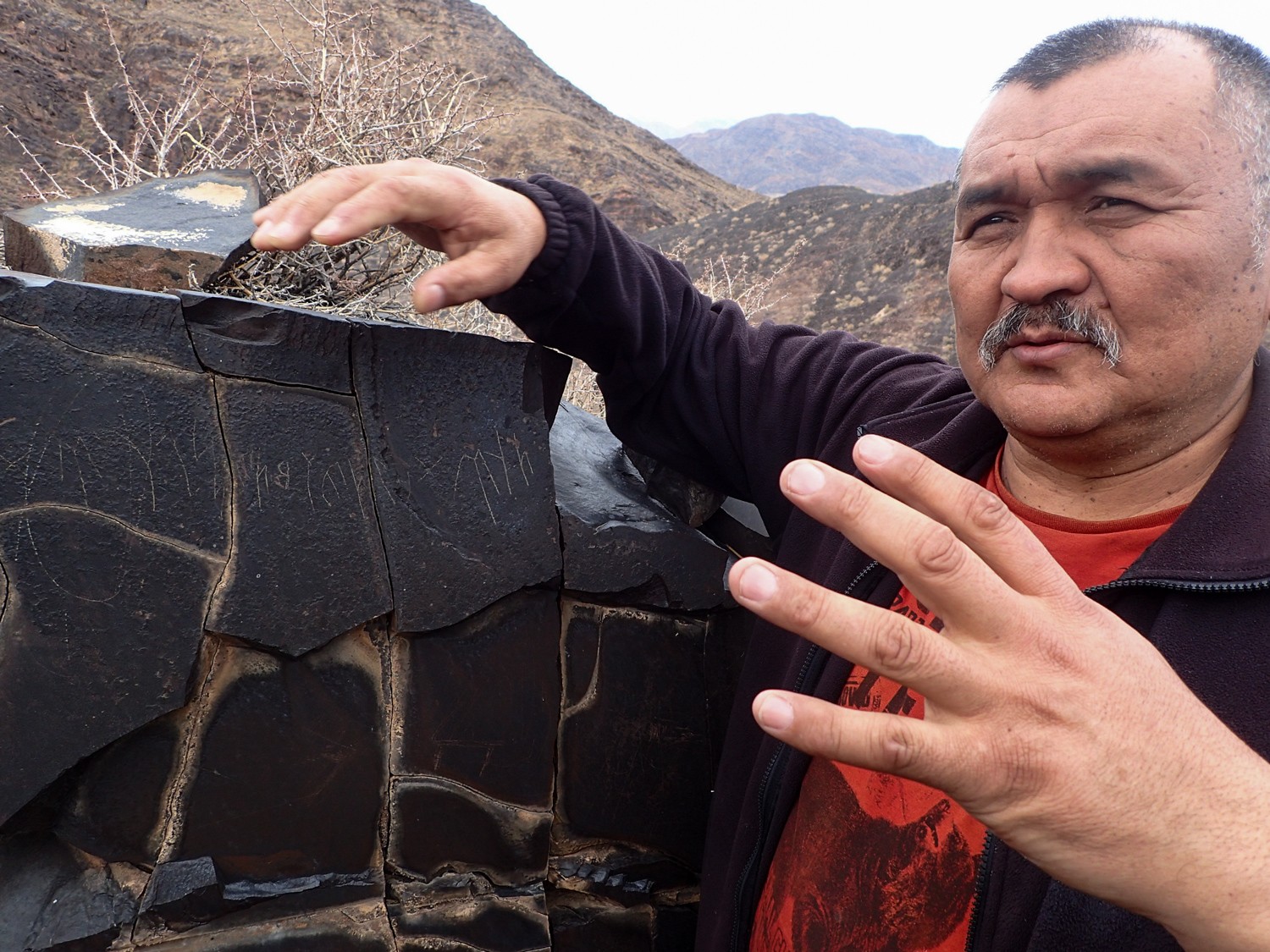
China
The final place I chose to reflect on was China. Our journey begins in Yuan, located in the Yunnan Province, southwest China. Such a beautiful providence that dates back as far as the Ming Dynasty. The beautiful landscape is so serene and lush with plants. At one time, 20-foot walls once encompassed the town of Tengchong. However, American bombers targeting the Japanese destroyed them during World War II.
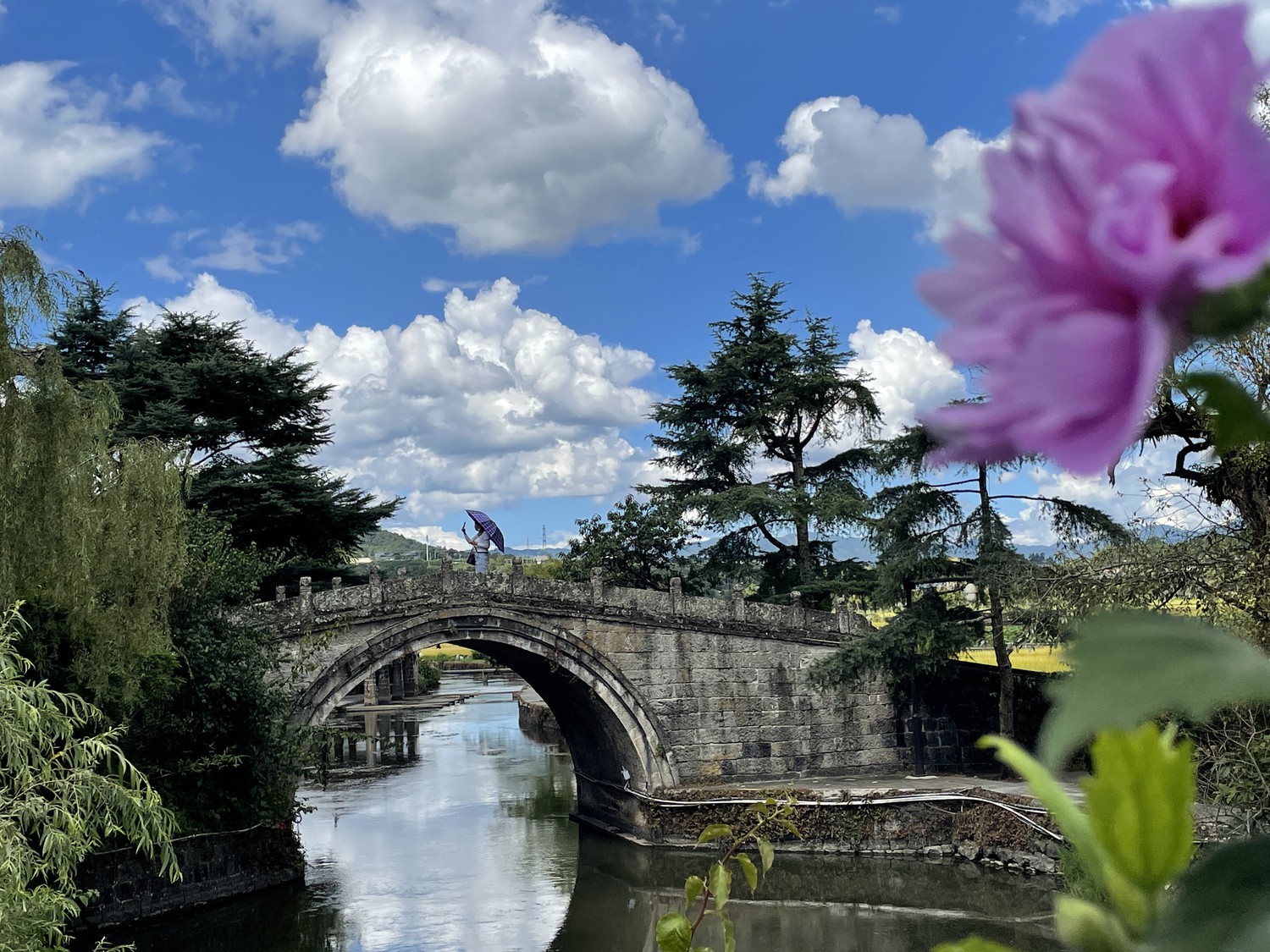
While visiting the house of Kong Zhong, Salopek finds that he is a descendant of Confucius, 78 orderly generations removed. Salopek resumes his journey here after being forced into quarantine in Myanmar, stalling the walk for more than a year. Because of a coup in Myanmar, Salopek had no choice but to fly to China because he could not make it out safely on foot. This setback left a gap of 251 un-walked miles in the journey’s global route. At this point, he has traveled 7550 miles on this journey.
My favorite place on this journey has been the Gaoligong mountains. The Goligong is considered China’s hot spot of biodiversity. It contains almost 700 species of animals and over 5,000 plants. The views are breathtaking. If there is one place you wouldn’t mind getting lost for a little while, it could be here.
In Gaoligong, Salopek describes the zealous conservation ethic of Indigenous farmers living near the mountains. People say that “They look on the mountains as a parent. We should too.” Every year different species are found here. Salopek mentions that the UN’s Biodiversity conference is also happening at this time and that they have vowed to dramatically expand funding for programs that protect species and natural habitats across the globe. However, Salopek mentions that the US and the Vatican have not signed up.
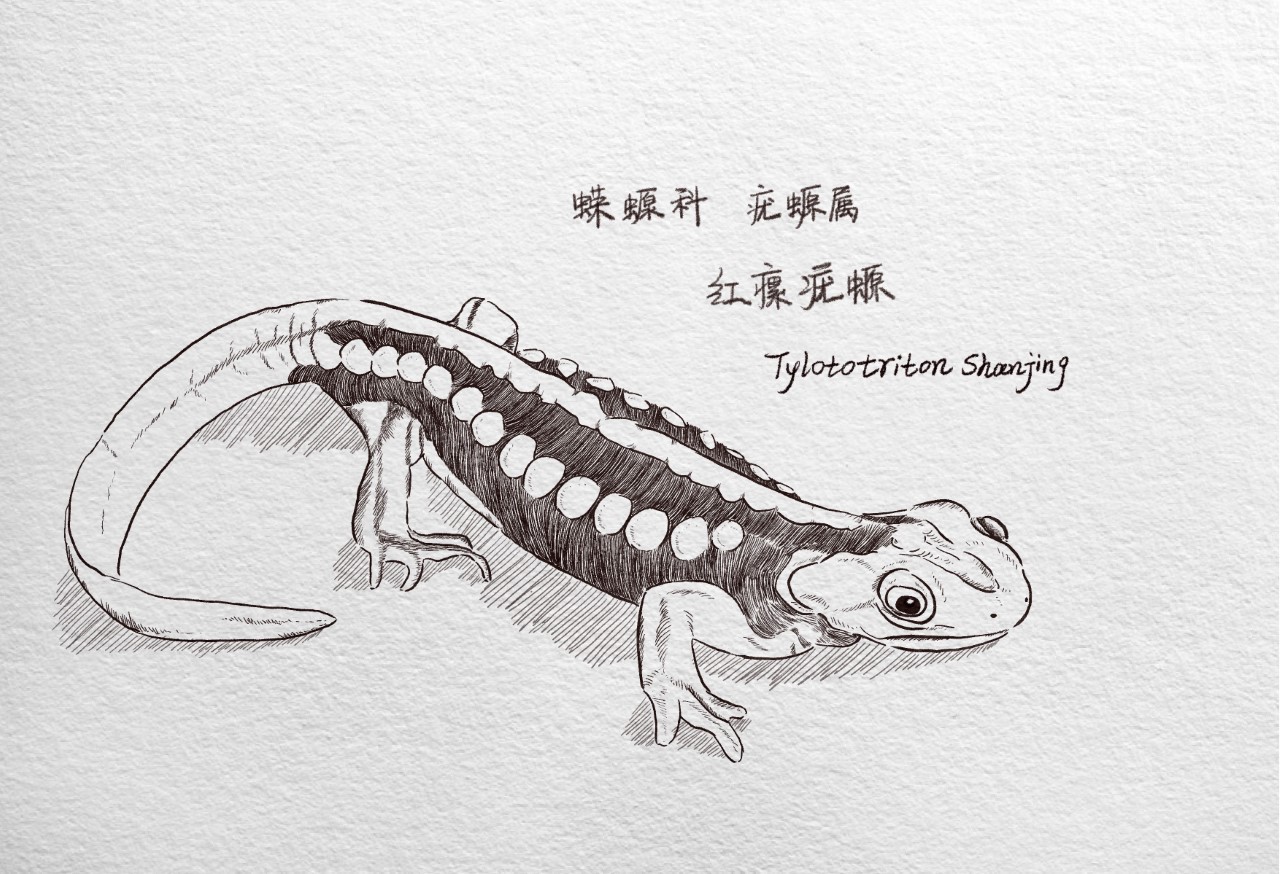
To learn more about Salepek’s journey and to discover more places, you can follow him here on this link. Thank you so much for taking a glimpse into such unique sites. There is so much to explore, so quit wasting time and go.
Thanks for checking out my blog.
Bayta O.
HyperDocs: A new hands on approach to learning

What is Hyperdocs?
Hyperdocs are fun and engaging digital lesson plans designed to provide students with all their content and tools for learning in one organized space. Hyperdocs allows students to access content before receiving direct instruction. Students can then apply their learning using the 4 C’s: critical thinking, communication, collaboration, and creativity.
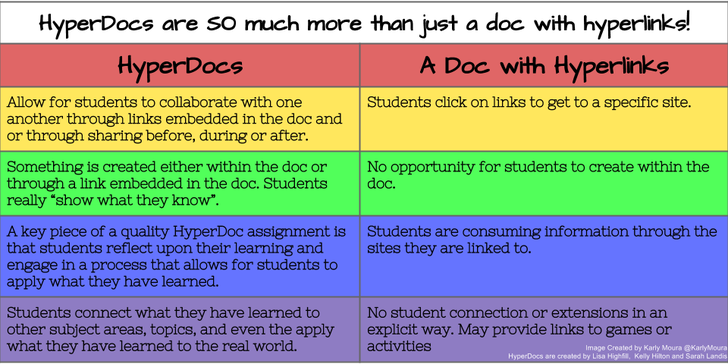
Why Hyperdocs?
Hyperdocs have replaced traditional boring ways of teaching. Learners are now more engaged in fun interactive hands on learning. Here is a video to help explain why you would want to use Hyperdocs.
When creating a Hyperdoc, make sure to follow this basic template. Many HyperDocs follow this basic template that takes students through six steps of a lesson:
- Engage: Hook your students, get them engaged, and activate prior knowledge. You might use a fun video, interactive website, or audio recording.
- Explore: Link resources, such as videos or articles, for students to explore more information.
- Explain: Clarify the learning objective for your students. This is where you could teach a whole group lesson with direct instruction, or add additional resources for students to explore.
- Apply: What do you want students to create to demonstrate their learning? Give instructions for the assignment.
- Share: Provide a way for students to share their work and receive feedback.
- Reflect: Pause for reflection (whole class, think-pair-share, etc.) or link them to a digital way to share their thoughts.
- Extend: This portion is great for early finishers. Provide extra activities, additional online resources, or challenge them with an extension assignment to extend their thinking.

There are many different sites available online that offer free templates and ideas to help you get started with creating your own Hyperdocs.
In my own exploration of Hyperdocs, I found one about Pokemon Go which I feel would be super fun and engaging for kids in upper elementary age level through middle school. Being a Pokemon fanatic myself I really enjoyed this hyperdoc. I’ve enclosed a copy of the link so you can check it out for yourself.

I hope you enjoyed this weeks blogpost.
Bayta O.
Stay in My Heart

Stay in My Heart is a new Youtube Turkish Drama Series. The first episode of the series tells the story of a Turkish family struggling to make ends meet because of the father’s addiction to gambling and alcohol. I chose this show because I felt it was something different, and I have never watched a Turkish show and wanted to learn more about the culture.
The show had many cultural similarities, similar to my own culture. I found that the character’s wardrobe, extracurricular activities, and food were no different than the type we would have in the United States. The architecture of the buildings was also like the buildings seen in low-income areas. The roads were also like the roads we usually drive on. People in Turkey also drove the same cars, walked, and rode bikes. They gambled, danced, drank, and partied like many adults, young and old.
I found many cultural diversities in the show, beginning with the music. Besides speaking a completely different language, the music was very different from what we usually hear on our radios in the United States. The music is very rhythmic in the wedding scene, often using violins and drums. Another cultural difference I noticed was with the architecture. Almost all the buildings in the locations had bars over the windows. The sidewalks were also elevated higher off the ground, which we won’t find around where I live.
One of the most significant cultural differences that I noticed was the roles of the family members. It may not have seemed as much of a culture shock if we were still living back in the 1950s, but we are not. Many countries still have a culture where “a women’s place is in the kitchen.” It was evident from the show that it took on a patriarchal theme where women were not equally valued. The same went for children as well. The fact that the daughter could not go to school and the brother had to help work at the market shows that women and children are in a class all their own. In the dialogue between the characters, you can see how respectable they are towards one another
The weather in the show was very similar to our falls. Many of the trees had leaves falling from them, and many of the characters wore sweaters and jackets. They enjoyed sports, gambling, dancing, singing, and listening to music which is similar in many cultures, including my own.
Stay in my heart is a great drama series for people looking to view current Turkish culture. Because the culture is very similar to our own culture, we can relate better to what is happening in the show. You can see for yourself by clicking this link.
I hope you enjoyed this blog post. Until next time stay tuned.
Bayta Owens
A Virtual Tour of Ellis Island
Have you ever wondered why there are so many different cultures in the United States? How did they get here? And, what did they encounter searching for that Great American Dream?
For over a century America has become what is known as a “melting pot.” The”melting pot” is a metaphor used to describe how immigrants who come to America eventually become assimilated into American culture, thus creating multiple cultures that have blended into one.

There are many reasons why people from all over the world came to America. Those reasons included religious and political oppression, war, work, school, and ultimately a search for a better life or what many called the American Dream.
In the late 1900s, immigrants began their journey to the New World via steamboats. Those steamboats would take them into New York Harbor where depending on their social class they would be able to begin their new lives in America or be ferried to Ellis Island. Immigrants who were taken to Ellis Island would have to undergo a very long process, sometimes lasting hours to see if they were healthy enough to pass inspection. If not, there was a chance they could be sent back to their country of origin. In fact, 2% of immigrants did not pass and were deported almost immediately on the same ships that they had come in on.

Thanks to modern technology we can learn so much more about the immigrants who first came to America including their journey to America and their experiences at Ellis Island through the virtual interactive tour. The virtual tour is almost as incredible as being there in person. The tour includes a summary of each process an immigrant had to go through at Ellis Island and included photos, videos, and commentary from actual immigrants from the 1920s. Listening to their stories, you are able to get a sense of what it was like on Ellis Island before it became a museum and landmark. You will also be able to find out why immigrants no longer pass through Ellis Island. To find out more check out the Virtual Field Trip.
Thanks for checking out my blog post!
Bayta Owens #GEN2108
Microsoft Teams: Effective Learning, All In One Place

This semester we have learned about so many incredible tools that are helping to make classrooms more inclusive. Microsoft Teams is just one of the [platforms that are making learning more effective for students.
Microsoft Teams allows students, faculty, educators, and staff to meet, work together, create content, and share resources in Office 365 Education. Here is just a small preview of what Microsoft Teams can do.
As you can see there are so many things that can be done in Microsoft Teams….and this is just the beginning. In education, some of the main features include:
- Making it easier to collaborate with educators, students, and community members. As of now Microsoft Teams can collaborate with up to 300 students or community members at one time. That’s a lot of people!

- Engage learning by organizing classrooms and assignments, collaborating and sharing files, and allowing access to class materials all in one central location. Being able to have access to everything you need at the touch of a button helps students to learn more effectively.
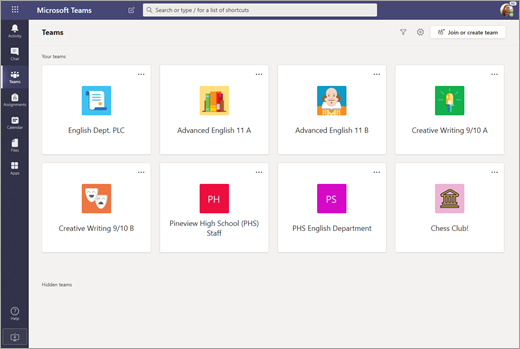
- Elevate day-to-day work when you Access Insights for the school and classroom, use apps and integrations to reduce workloads, and build community, all on a safe and secure platform.

There are just so many reasons to love teams whether you are an educator or a student.
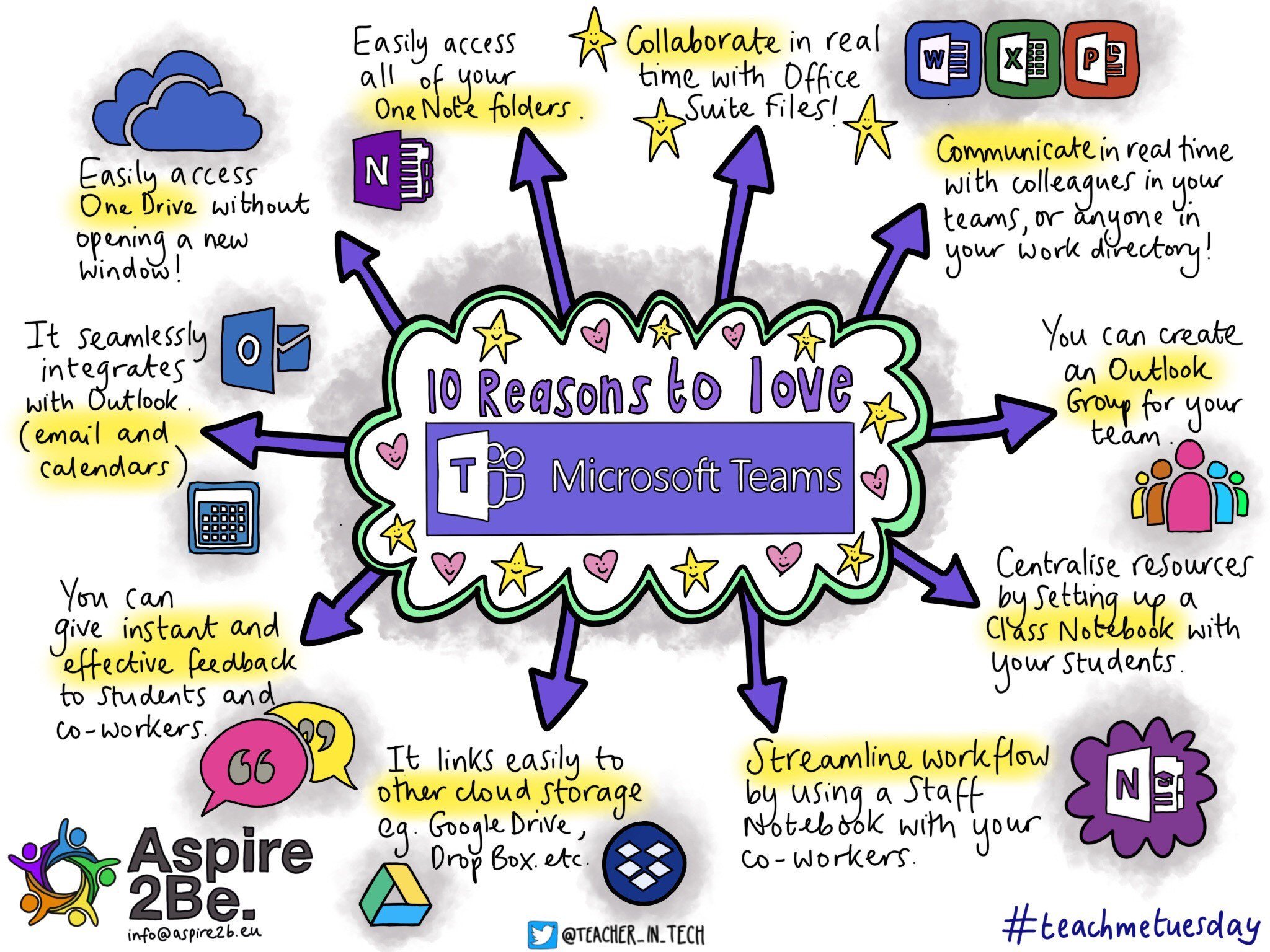
Microsoft even offers videos to help you navigate through Teams whether you are a beginner or just need a refresher.
Microsoft Teams offers a variety of applications that you can choose from. Find and explore which ones you would want to incorporate into your team page. With Microsoft Teams Applications for Education, educators are able to enrich their students’ learning experiences by integrating a variety of tools and resources inside their Class Team. Microsoft Teams Applications for Education offers a wide variety of applications ranging from assessment to video streaming.
If you aren’t excited yet about Microsoft Teams go check out the website. There are so many more amazing things that you can do with Teams than what I have even mentioned. Go and check it out for yourselves. It’s definitely worth looking into.
Thanks for Reading
Bayta Owens
My Reflection on SDG Goal 4: Ensuring inclusive and equitable quality education and promoting lifelong learning opportunities for all.

Education for all has always been an integral part of the sustainable development agenda. On the UN’s website under the goal 4 link in the Sustainable Development Goals people are able to find all the information regarding our targets in education and how close we are to achieving those targets.
Back in 2002 The World Summit on Sustainable Development adopted the Johannesburg Plan of Implementation (JPOI) which reaffirmed Millenium Development Goal 2 in achieving universal primary education by 2015 and the goal of the Dakar Framework for Action on Education for All to eliminate gender disparity in primary and secondary education by 2005 and at all levels of education by 2015. Also addressed by the JPOI was the need to integrate sustainable development into formal education at all levels, as well as through informal and non-formal education opportunities.
Covid-19 has devestatingly impacted our progress in achieving SDG #4. Because of school closures and lack of virtual educational resources for many low and middle class students. Academic achievement rates have drastically fallen. According to the UN website we have lost over 20 years of progress because of the pandemic.

Under goal 4 there were seven key targets and three sub targets that the UN had hoped to achieve by 2030. These key targets included:
- ensuring that all girls and boys complete free, equitable and quality primary and secondary education leading to relevant and effective learning outcomes
- ensuring that all girls and boys have access to quality early childhood development, care and pre-primary education so that they are ready for primary education
- ensuring equal access for all women and men to affordable and quality technical, vocational and tertiary education, including university
- substantially increasing the number of youth and adults who have relevant skills, including technical and vocational skills, for employment, decent jobs and entrepreneurship
- eliminating gender disparities in education and ensure equal access to all levels of education and vocational training for the vulnerable, including persons with disabilities, indigenous peoples and children in vulnerable situations
- ensuring that all youth and a substantial proportion of adults, both men and women, achieve literacy and numeracy
- ensuring that all learners acquire the knowledge and skills needed to promote sustainable development, including, among others, through education for sustainable development and sustainable lifestyles, human rights, gender equality, promotion of a culture of peace and non-violence, global citizenship and appreciation of cultural diversity and of culture’s contribution to sustainable development
- Build and upgrade education facilities that are child, disability and gender sensitive and provide safe, non-violent, inclusive and effective learning environments for all
- By 2020, substantially expand globally the number of scholarships available to developing countries, in particular least developed countries, small island developing States and African countries, for enrolment in higher education, including vocational training and information and communications technology, technical, engineering and scientific programmes, in developed countries and other developing countries
- By 2030, substantially increase the supply of qualified teachers, including through international cooperation for teacher training in developing countries, especially least developed countries and small island developing States
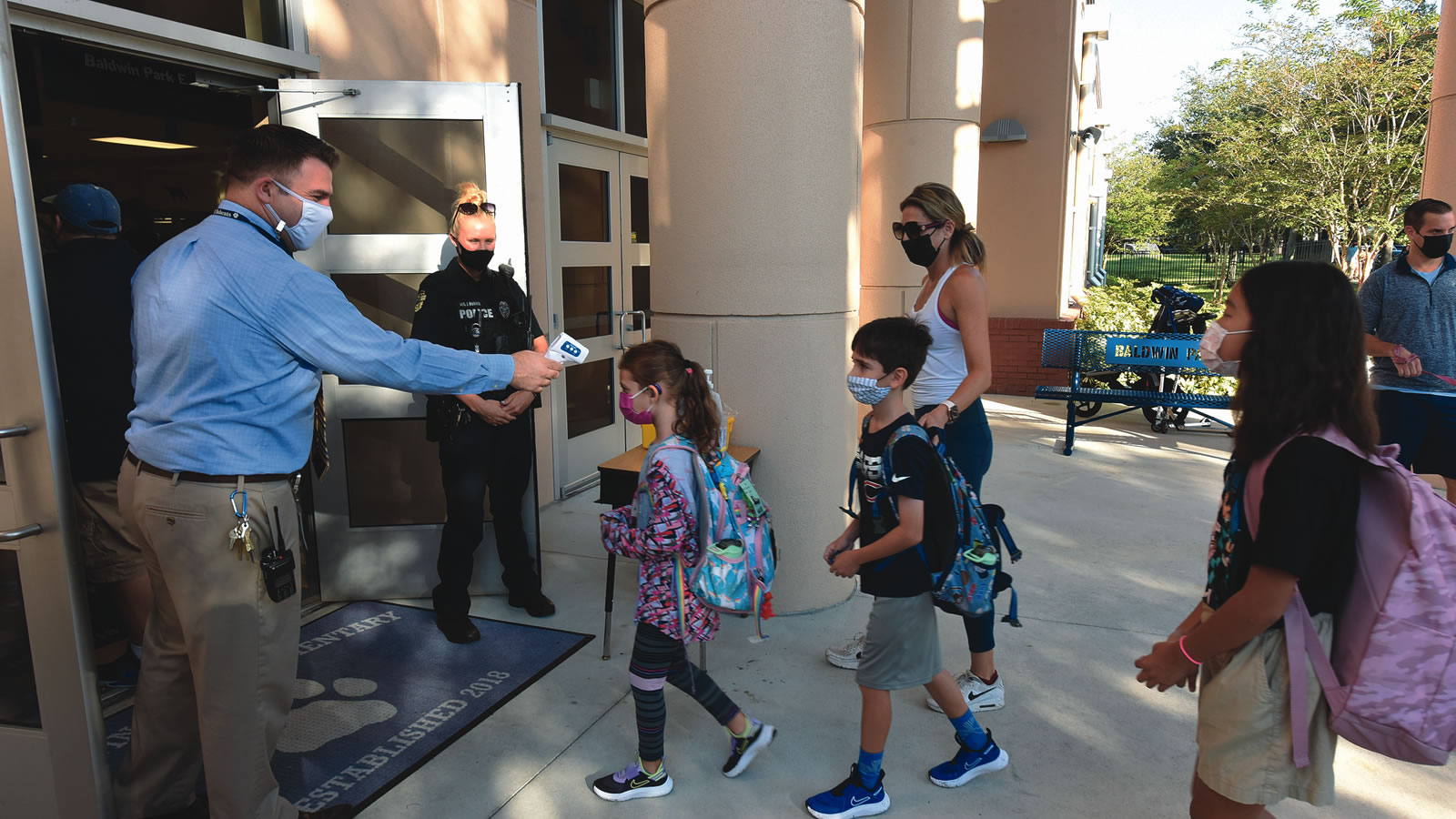
According to the website the impact of the COVID-19 pandemic on schooling is considered a “generational catastrophe”. Before the pandemic, we were behind in achieving the education targets in the Sustainable Development Goals. The school closures caused by the pandemic have had devastating consequences by impacting children’s learning and well-being. We are now one year into the COVID-19 crisis, and “two thirds of students worldwide are still affected by full or partial school closures. The most vulnerable children and those unable to access remote learning are at increased risk of never returning to school and of being forced into child marriage or child labour.”
To learn more about sdg goal 4 and what we can do to help our nations get back on track and aquire this goal by 2030. Go to this link and check out the many resources available to become an ambassadore of change.
Thanks for reading
Bayta Owens #GEN2108
Kita B World

Kita B World is a great tool for the classroom when wanting to explore different cultures. The name “kitaab” means “book.” Kita B World introduces us to publications that reflect South Asian or diverse cultures. Although they are an independent publishing house that runs an independent book store, they have a content platform where they routinely publish curated booklists on various South Asian topics, interview authors, as well as feature guest posts on a variety of topics.

Kita B World also is great not just for students but for educators alike. The site offers a variety of lesson plans and activities to go along with the books that are available for purchase. The books are a great cultural experience for readers by allowing them to explore the customs and diversity of South Asia.

According to the Kita B World website, in an effort to counter islamophobia, their mission is to explore stories, myriad realities and weave the texture of diverse people – their lives, cultures, humanity, and beauty into our understanding of the world.
Having this tool available in our schools allows us to explore diverse cultures without ever having to leave the classroom. Engaging children in reading about other cultures allows them to open their minds to new ideas.
Hopefully, you too can discover the amazing South Asian culture after reading some of the amazing stories they have available.
Thanks for reading!!! Bayta Owens
Gimkit Ink
Gimkit is a game show for the classroom that requires knowledge, collaboration, and strategy to win. Created by a high school student.
Gimkit is a digital quiz game that uses questions and answers to help students learn. The platform can be used across a host of devices and, usefully, can be used by students on their own smartphones, tablets, or laptops.
This is a very minimal and easy-to-use system that is created by and maintained by students. Gimkit is very accessible for the K-12 age group, with intuitive controls. Questions are clear with multiple choice answer options in boxes that use lots of color for clarity. Students are able to submit questions that the teacher can allow to appear in the game being played.
Gimkit offers class-wide games, live, or individual games, at student pace, so it can be used as a classroom tool but also as a homework device. It can also be used as a rewards system to help keep students engaged so they want to come back for more.
Students are able to join a class game via the website or an email invite. They can also use a code that is shared via the LMS platform of choice by the teacher. All this is controlled via a central class account that is run by .the teacher. This allows not only for game controls but also for assessments
This article shows how students are redefining writing.
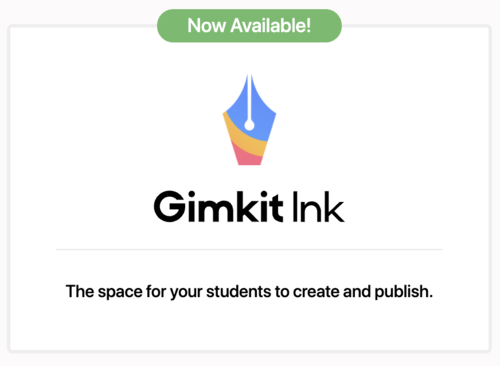
Students now have a new way to publish their work online and choose who they want to share. They have options to share with their teacher or the whole class. Students who are shy about publishing their work online can also publish under a pseudonym.

This new addition to the gimkit application is an excellent tool for sharing and collaborating with other students. Kits are live learning games for your class. They include all the content your students will learn in a game.

Recent Comments